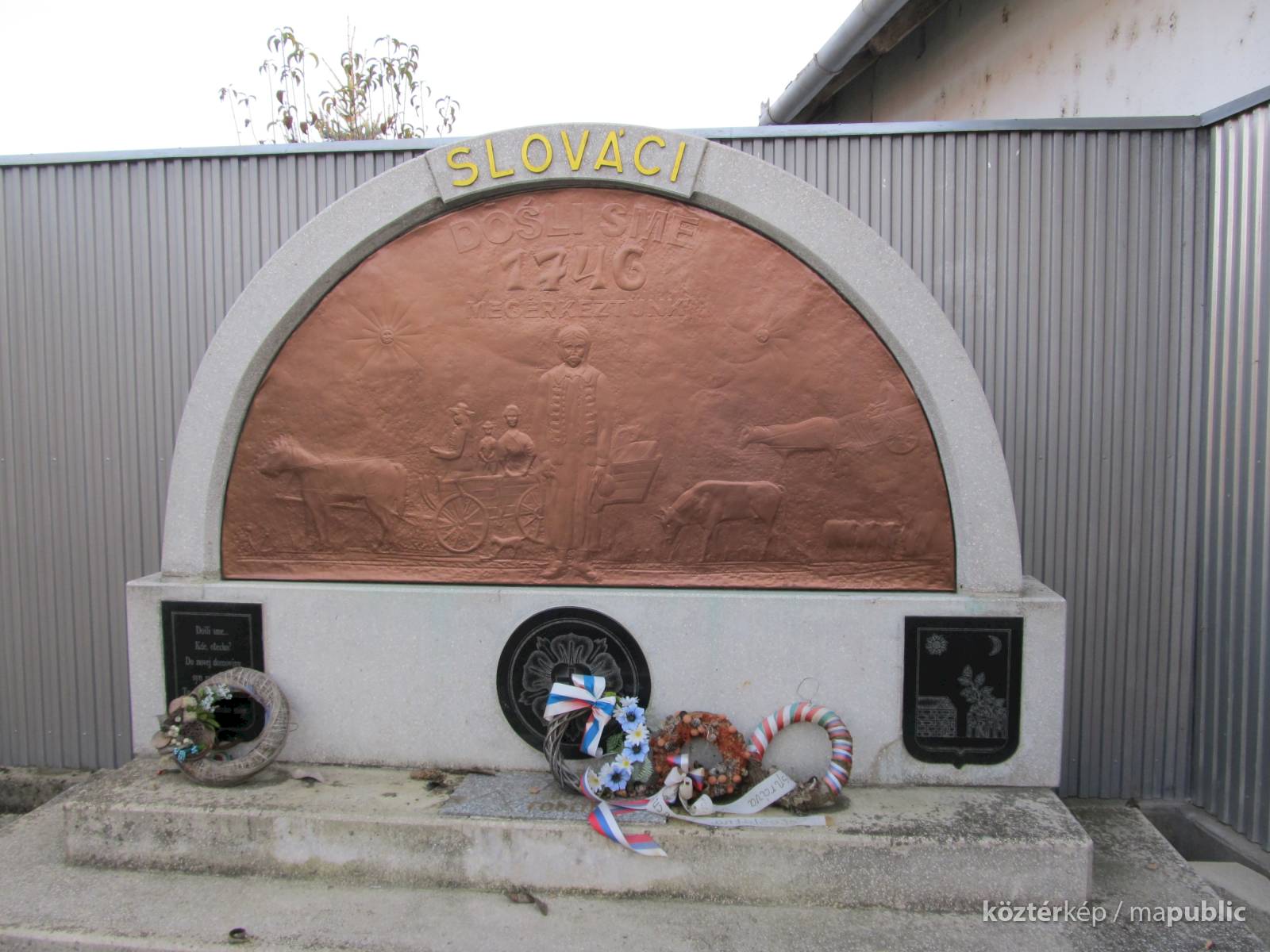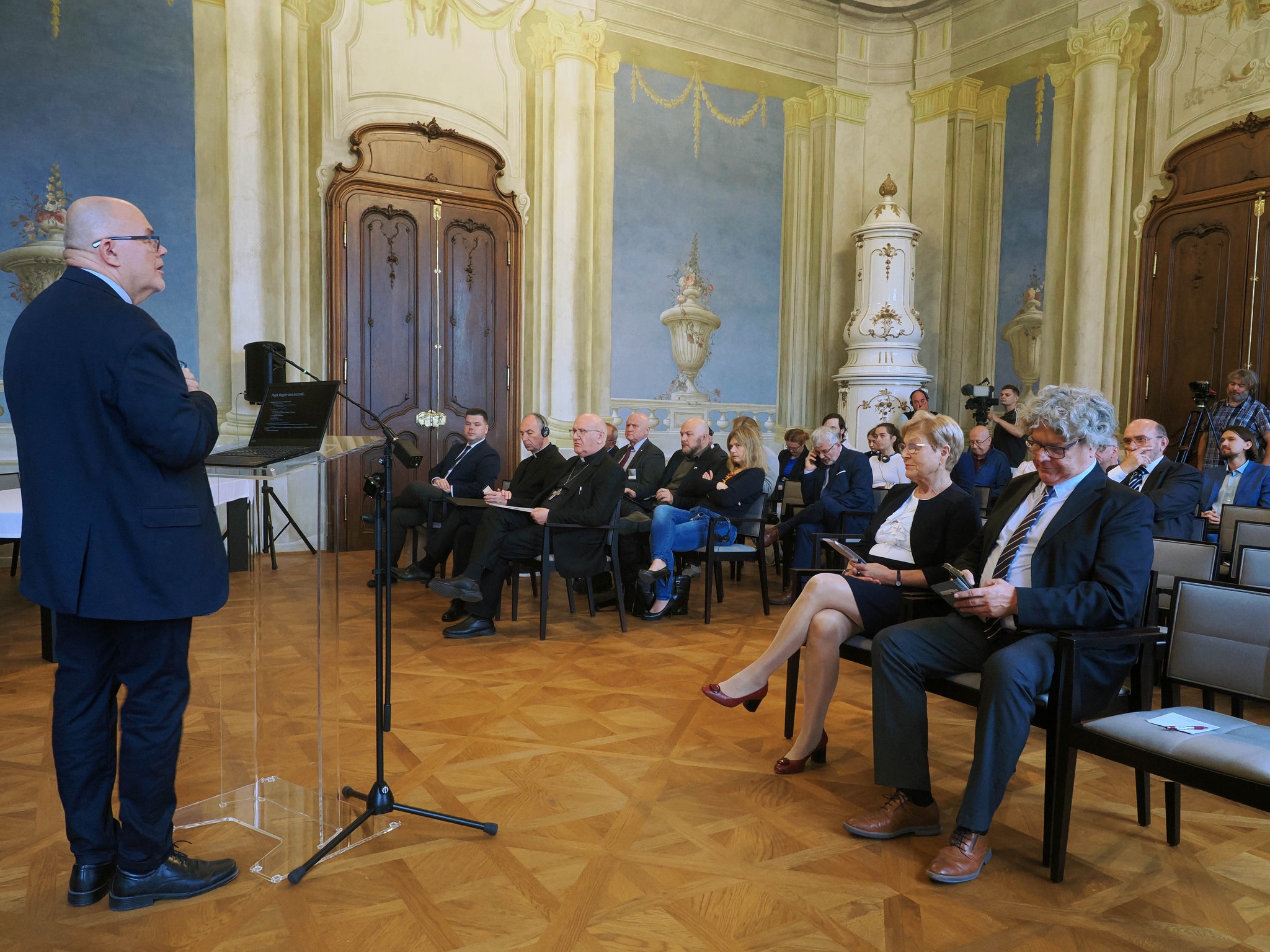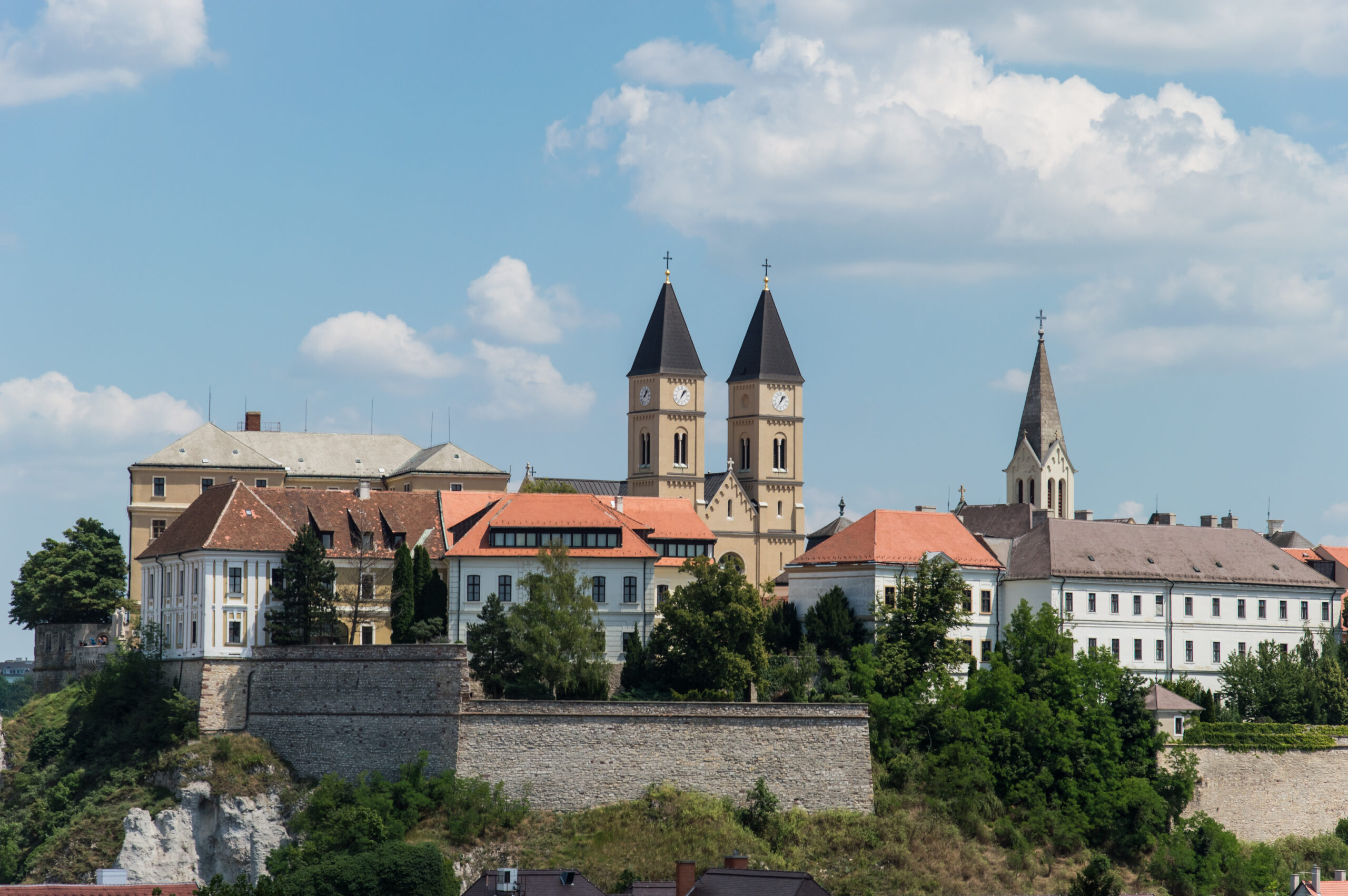Slovak settlement monument – Tótkomlós
Fact of the Hungarian figure „Minorities in Hungary”
Part of the „The emancipation of minorities” topic
Nearly 2 million Slovaks lived in northern Hungary according to the 1910 census. Tótkomlós is one of the Slovak-inhabited towns on the Great Hungarian Plain (Alföld), which is a great example of Hungarian–Slovak coexistence. Tótkomlós, before the Slovakian settlers, was destroyed during the Ottoman occupation. Excavations have revealed that the settlement was inhabited by Hungarians, while the present settlement was founded by Slovak families from the northern Slovakian counties of historic Hungary. The contract was signed with the landowner Baron József Rudnyánszky on January 8, 1746.
The primary occupation of the first inhabitants was animal husbandry and farming. The population grew quickly (by 1766, the 450 dwellings housed 3468 people, and by 1884, the population reached 6973). Slovaks built a school and a prayer room. For decades, education and church services were conducted only in Slovak, but Jews and Hungarians who arrived later were also welcomed. The village kept its pure Slovak character for about a hundred years. Hungarian-language education only started in the 1850s at the new village school. The two world wars also brought sorrow to the village; many did not return home and had to endure the hardships of the Slovak-Hungarian population exchange.
On the 261st anniversary of the town’s resettlement, a monument was inaugurated on Town Day, April 28, 2007. The uprooted tree, along with the inscriptions, commemorates the life of Slovaks in Hungary.





